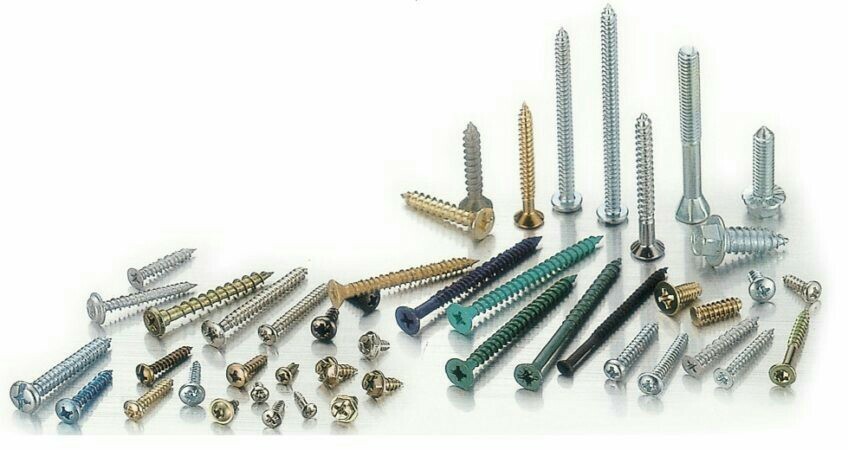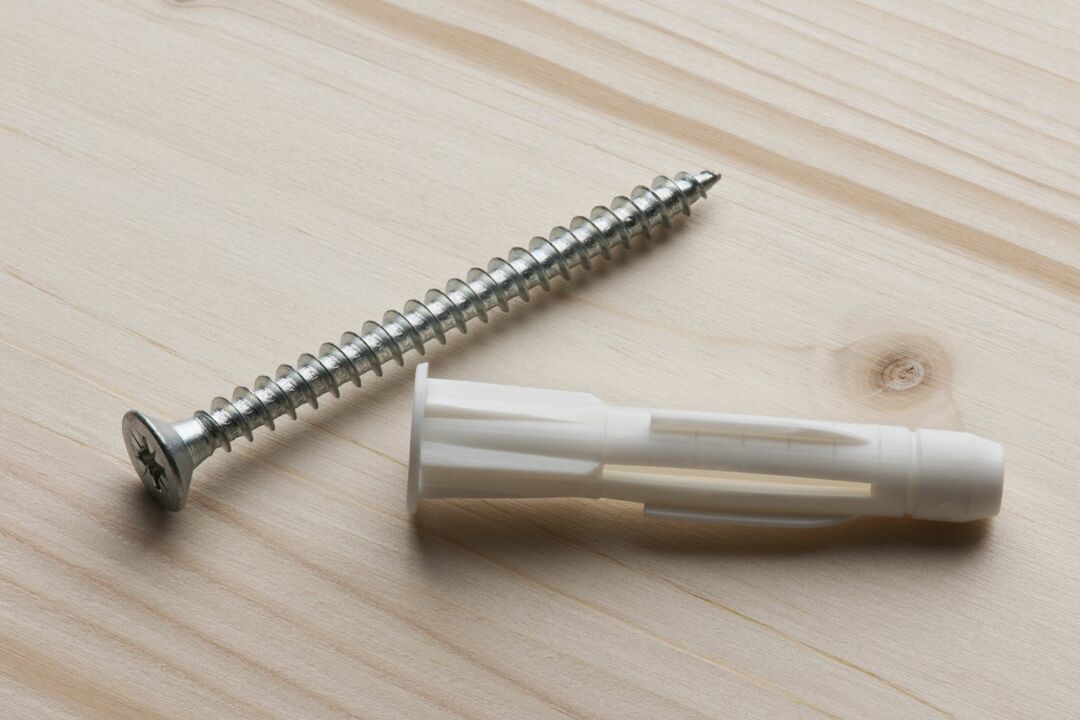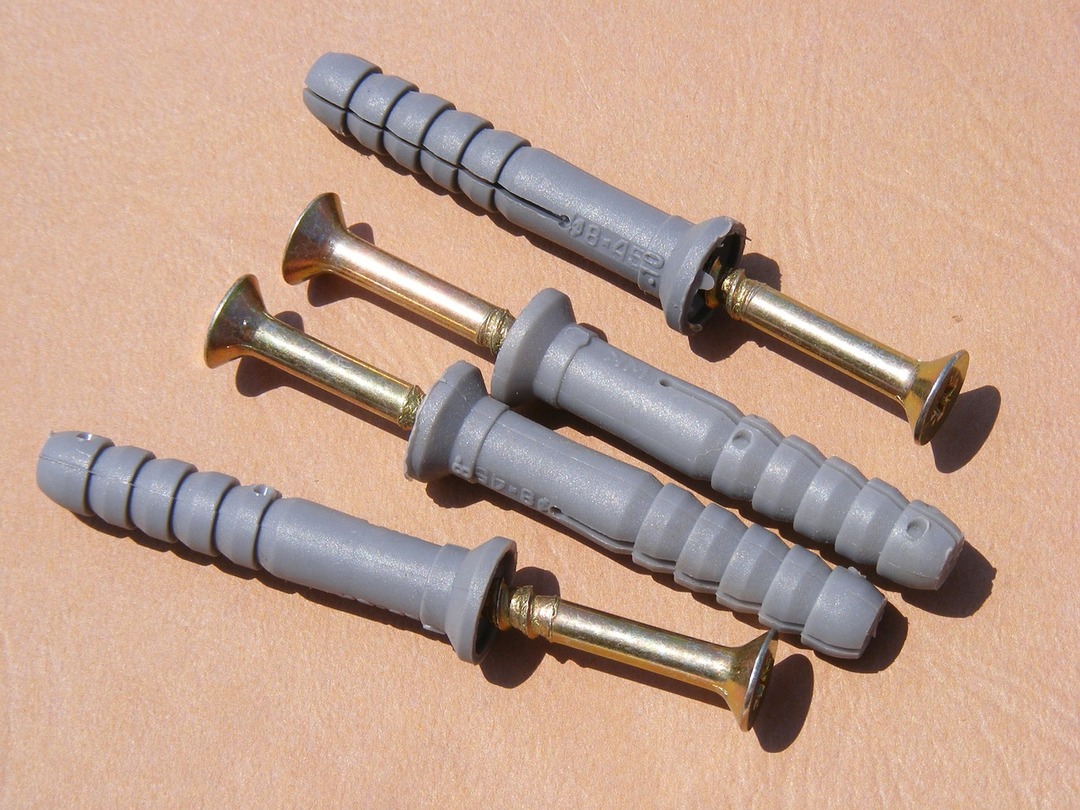Is knife sharpening an art? Depends on the approach and skill level. For someone, a simple mechanical knife is enough for home use, while a professional can read a many-hour lecture on the types of steel, sharpening stones and the intricacies of the process. I will go the middle way. I will tell you how an ordinary person can learn how to sharpen a cutting surface correctly at home. Metal, after all, requires respect.
The content of the article
- No unnecessary complications
- Dear electrician
- For edits only
- Found a scythe on ...
No unnecessary complications
Mechanical sharpeners can be found in almost every kitchen. Due to their ease of use, they are extremely popular among the general public. Their appearance is varied. However, the principle of operation is always the same: abrasives are located in special grooves, between which the blade is rolled. The main advantage is simplicity. Well, the minus is the extremely mediocre quality of sharpening.
@Wirecutter
To a greater extent, the mechanical knife is suitable only for light dressing of kitchen knives. It will not work to sharpen an absolutely dull blade. And it will not work to remove the resulting chips or notches. After such edits, the tool very quickly loses its sharpness again.
Dear electrician
Some devices are powered by the network. It makes no sense to describe their mechanism in detail - it is still the same, just even more automated. The only thing worth noting is that due to the automatic setting of the angle, the efficiency of such a sharpener is much higher. In addition, it can be used to sharpen scissors and any other small blades.
The only drawback of the device is that worn-out abrasives often cannot be replaced. The device will have to be changed entirely. Or you need to buy a more expensive disassembled model in advance.
For edits only
Outwardly, this curious object resembles an ordinary file. It consists of a ceramic (sometimes diamond or metal) rod attached to a handle. Its grit size is divided into three categories: coarse, medium and smooth.
@Wikipedia
The technique of sharpening the blade with musat is also quite simple. To begin with, the knife is taken in one hand, and the tool in the other. The "heel" of the blade is applied to the tip of the musat, the desired angle is determined and the blade is guided to the end of the rod. Movements are performed until the desired result. After that, the knife is turned over and the procedure is repeated. The main thing is that the sharpening side runs along the entire cutting edge. However, musat can only "tweak" the blade. If you need normal sharpness, you will have to use sharpening stones.
Found a scythe on ...
The process of sharpening knives with special abrasive stones is the quintessence of philosophy and meditation. A ritual and skill honed over the years. However, you don't have to be a pro to get a sharp blade.
The basic principle is simple - you need to maintain the correct angle. In most cases, it is 20-25 degrees, although for some knives it may vary. The smaller, the sharper the cutting edge will turn out, but the cut will be thinner. Accordingly, the knife will dull faster. This pattern works in the opposite direction. It would be most correct to first "fill" your hand on an old, unnecessary blade.
@Borough Kitchen
The first movements of the blade on the stone should be done slowly and smoothly, without much pressure. The main thing is muscle memory. The hand needs to remember the position of the knife. The rest is not so difficult anymore. The blade is placed across the grindstone and is guided along it from the base to the tip. The same must be done in the opposite direction. Repeat until a "burr" appears on the cutting edge on the sharpened side. It is quite easy to find it: it is enough to gently slide your finger along the blade. Repeat in the same way on the reverse side.
For smoother operation, it is advisable to moisten the bar with water or special mixtures. In addition, you cannot take the first stone that comes across and sharpen only on it! You need to start with fine-grain abrasives, and then smoothly move on to fine ones. It is marked with a certain number. The smaller it is, the more rough the result should be expected from the instrument.
Subscribe to our Social Networks


